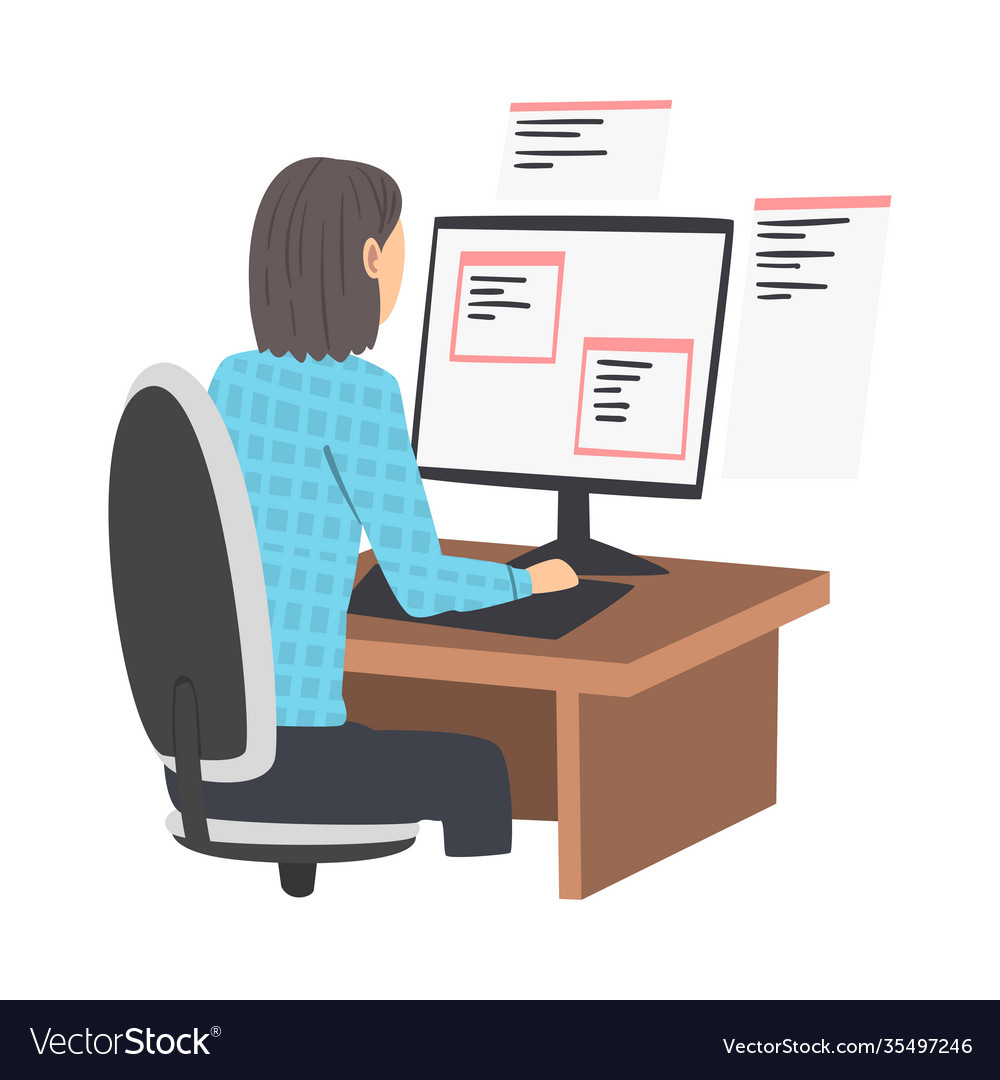Hire Dedicated Developers for Your Next Big Project with Confidence
Hire Dedicated Developers for Your Next Big Project with Confidence
Blog Article
Dedicated Developers vs. In-House Teams: Which Is Right for You?
The decision between using devoted designers and keeping an internal group is a considerable one that can affect the trajectory of your projects and total organization approach. On the other hand, internal teams add to a natural business culture and a nuanced understanding of long-lasting goals.
Comprehending Devoted Designers
The expanding demand for specialized skills in the tech sector has actually caused the emergence of committed developers as a viable solution for lots of organizations. These professionals are normally acquired on a project basis, enabling companies to utilize certain knowledge without the long-term commitment connected with full time hires. Devoted programmers are frequently ingrained within a customer's team, offering adaptability and scalability to satisfy project demands.
This version allows companies to access an international ability swimming pool, which is especially beneficial in a swiftly evolving technological landscape. Dedicated designers can be sourced from different geographical places, ensuring that companies can locate the right ability at competitive rates. They frequently bring a wide range of experience and expertise, having serviced varied tasks throughout various markets.
In addition, devoted developers can focus exclusively on the jobs available, enhancing efficiency and performance. They are equipped to incorporate effortlessly into existing process, working together carefully with internal teams to achieve task purposes. This method not only lowers the concern of recruitment and training but additionally enables companies to continue to be agile, adjusting rapidly to transforming market needs and technological advancements.
Benefits of In-House Teams

Furthermore, in-house groups often tend to have a deeper understanding of the firm's mission, worths, and goals. This alignment can improve employee engagement and inspiration, as staff member feel extra linked to their work and the organization's success. In addition, having a specialized in-house team enables far better placement of techniques and goals, as these participants are consistently concentrated on the business's priorities.
Internal teams likewise help with quicker decision-making processes, as they can respond extra rapidly to changes and difficulties. The well established relationships and knowledge with firm methods permit structured operations and lowered miscommunication. Ultimately, the mix of a natural society, positioning with business objectives, and efficient interaction makes in-house teams a beneficial asset for many companies, specifically those looking to grow long-lasting development and innovation.
Price Factors To Consider
When reviewing expense considerations, both specialized programmers and internal teams existing distinct financial implications for organizations. Engaging committed designers generally entails a pay-per-project or per hour price design, which can be cost-effective for organizations with fluctuating job demands. This technique permits flexibility in scaling sources up or down, guaranteeing that companies just pay for the solutions they need.
In comparison, internal teams involve dealt with prices, including incomes, advantages, and overhead costs such as office space and devices. While this design supplies greater control and instant schedule of resources, it might lead to higher lasting expenses, particularly if the workload does not justify a full time team.
Additionally, firms must take into consideration additional resources the concealed costs related to recruitment and training of internal employees, which can further strain spending plans. In some cases, the time and sources invested in managing an internal group can take away from the company's core service purposes.

Task Administration and Versatility
Job monitoring and adaptability are important variables that influence the selection in between committed designers and internal groups. Dedicated designers generally use a high level of versatility, permitting organizations to range resources up or down based upon project needs. This agility can be especially helpful for companies experiencing fluctuating workloads or those seeking to introduce quickly. Devoted groups commonly have actually established procedures for handling projects efficiently, leveraging particular approaches like Agile or Scrum, which facilitate repetitive progress and adaptability.

Eventually, the choice in between dedicated programmers and in-house groups depends upon the desired degree of adaptability and the specific task monitoring requirements. Companies must review their operational characteristics, project intricacy, and source availability to determine which alternative lines up best with their critical objectives.
Making the Right Choice
Picking the ideal development strategy-- committed designers or in-house teams-- needs a cautious assessment of different factors that line up with a business's critical objectives. Conversely, in-house teams can give better continuity and assimilation with existing personnel.
Next, evaluate your spending plan. Dedicated developers usually present an affordable option for short-term tasks, while in-house teams may sustain higher long-lasting expenditures as a result of wages, advantages, and expenses costs. Analyze the degree of control and cooperation preferred; internal groups commonly promote stronger interaction and placement with firm culture.
If immediate outcomes are necessary, specialized programmers can be onboarded swiftly, whereas developing add ecommerce to website an internal team takes time for recruitment and training. If continual advancement is vital, investing in an internal team might produce far better returns over time.
Verdict
In conclusion, the decision in between devoted programmers and in-house groups pivots on project demands and business purposes. Alternatively, internal teams cultivate a natural culture and much deeper placement pop over here with lasting goals.
The decision in between utilizing specialized designers and maintaining an in-house team is a significant one that can affect the trajectory of your projects and overall business method.Project management and adaptability are vital aspects that affect the selection in between in-house groups and specialized developers. dedicated development team.In contrast, in-house groups may excel in keeping a consistent job monitoring framework due to their knowledge with the organization's society and long-lasting goals. Committed developers often present a cost-effective option for short-term tasks, while in-house groups might sustain higher lasting expenses due to salaries, benefits, and overhead prices.In verdict, the choice in between in-house teams and committed programmers pivots on task demands and organizational goals
Report this page